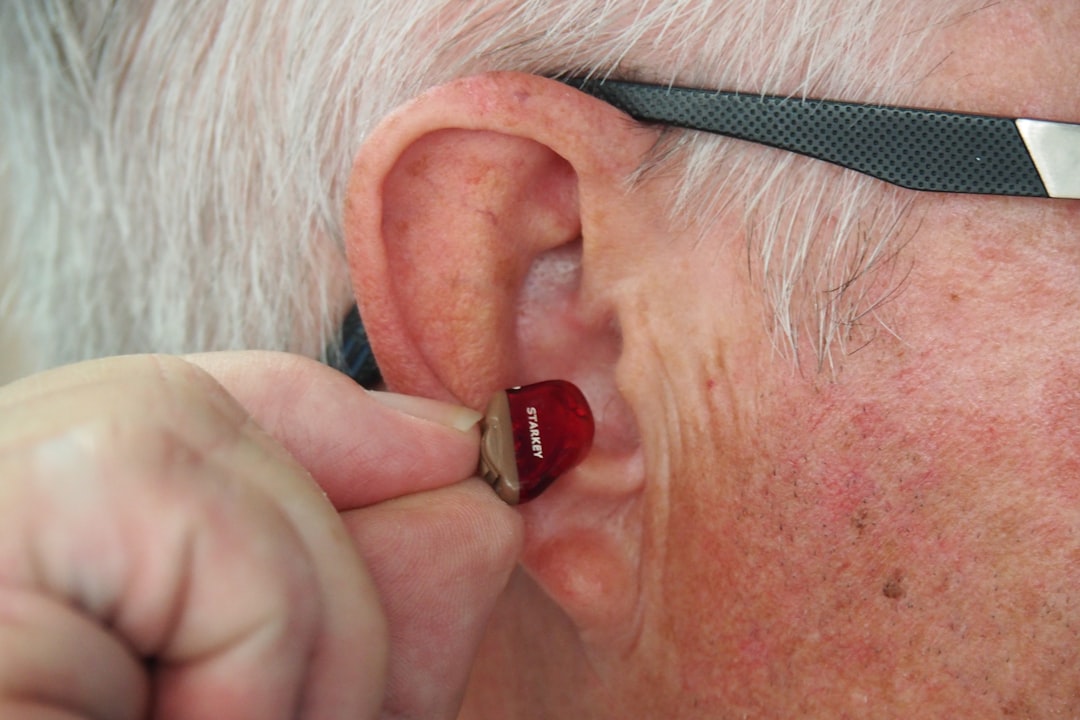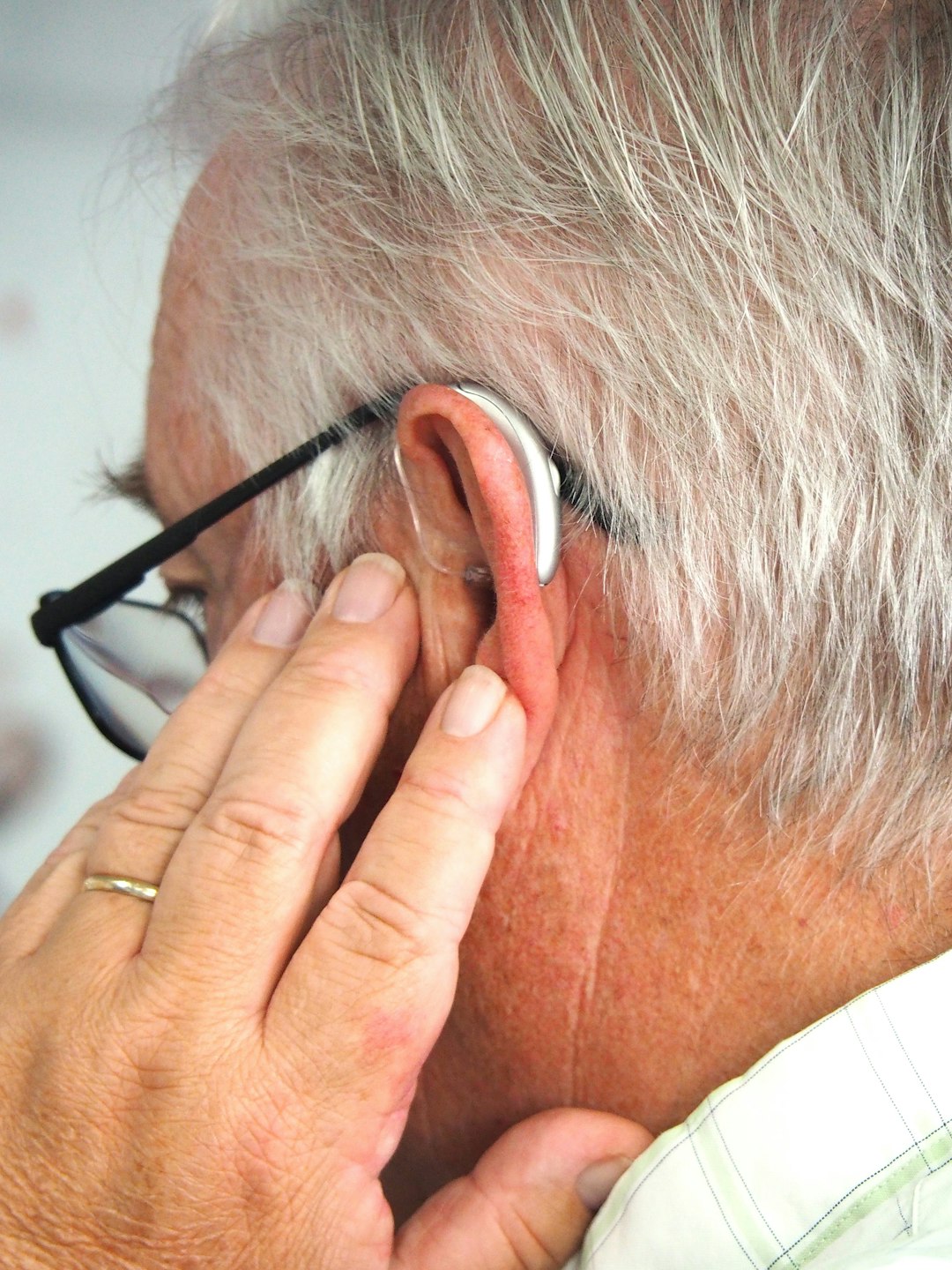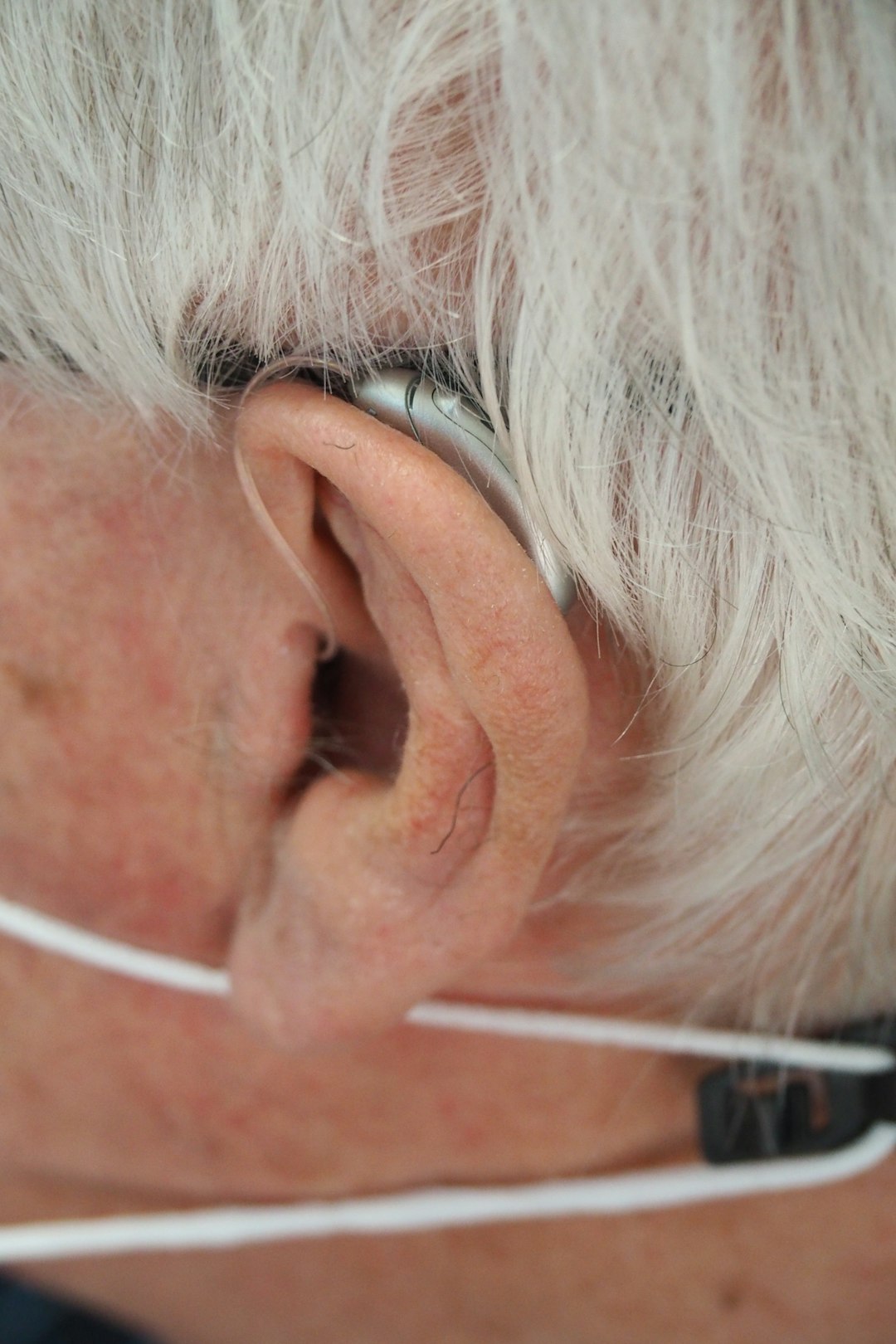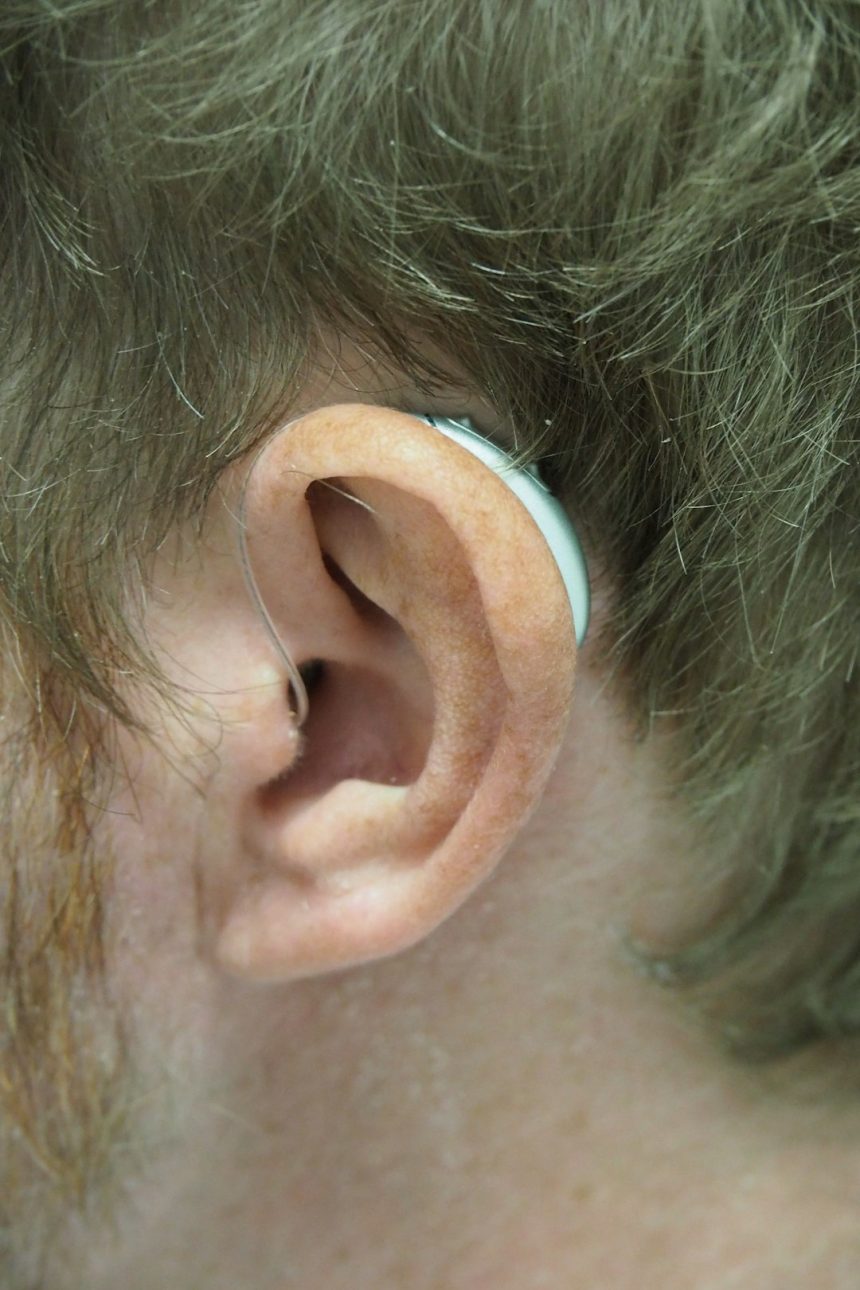Finding the right hearing aid involves more than just selecting a device with advanced features. Ensuring a good fit and optimal comfort is essential for effective hearing, prolonged usage, and long-term satisfaction. An ill-fitting or uncomfortable hearing aid can lead to diminished use, skin irritation, or even loss of hearing effectiveness. For anyone fitted with a hearing aid, this comprehensive checklist will help evaluate both the fit and comfort of their device. Properly fitted hearing aids make a world of difference, not only in sound quality but also in daily wearability and overall user experience.
1. Initial Fit and Placement
When you first receive your hearing aid, the initial impression will tell you a lot about whether it’s a proper fit.
- Comfortable Insertion: You should be able to insert and remove the device without applying excessive force. If it’s a struggle or causes discomfort, the device might be too tight or incorrectly sized.
- Secure Fit: The device should sit snugly without requiring constant adjustments. A hearing aid that shifts during daily activities might not be the right fit for your ear.
- No Pressure Points: Pay attention to pressure around the ear canal and behind the ear if using a behind-the-ear (BTE) model. Irritation or soreness usually indicates an improper fit.

2. Physical Comfort Over Time
It’s normal to feel some initial awareness when you start using hearing aids, especially if it’s your first time, but lingering or increasing discomfort is a red flag.
- Extended Wear Comfort: Can you wear the device for several hours without discomfort? A good hearing aid should fade into the background and feel almost unnoticeable during long-term use.
- Skin Reaction Check: Redness, itching, or rash could indicate allergic reactions to materials, often found in cheaper or ill-suited models. Consult your audiologist for hypoallergenic alternatives if needed.
- Weight Balance: Heavier models should be evaluated for how they balance across or inside your ear. If one side feels heavier or puts pressure on certain spots, this can cause fatigue or even headaches.
3. Sound Quality and Auditory Comfort
Comfort isn’t just physical—it also involves how your ears process sounds with the device in place. Hearing aids that don’t provide natural, pleasant hearing experiences can quickly become frustrating.
- No Feedback or Whistling: Occasional feedback is common, but persistent whistling or high-pitched noises are usually signs of poor fit or incorrect ear mold shape.
- Natural Sound Perception: Sound should feel real and not mechanical. If voices sound distorted or tinny, it may indicate a tuning issue or that the ear canal size isn’t properly matched to the hearing aid.
- Volume Balance: Can you clearly hear conversations without straining or turning up the volume in noisy environments? Loudness should not feel overwhelming or muffled.
4. Verification by a Professional
It’s critical to have a professional hearing aid fitting session with your audiologist. They use objective and subjective measures to make sure the device is optimized for your individual hearing profile.
- Real-Ear Measurement: This test confirms how sound behaves in your ear canal with the hearing aid inserted and ensures amplification matches your hearing prescription.
- Physical Exam of Fit: A visual inspection by the audiologist can spot a poorly seated mold or tubing that’s the wrong size or shape.
- Patient Feedback: Your comfort report is invaluable. Never hesitate to speak up if something doesn’t feel right, even weeks after the fitting.

5. Personal Lifestyle Needs
Your daily activities greatly influence whether a hearing aid will be comfortable and functional long-term. Make sure your device aligns with your lifestyle demands.
- Active Lifestyle: If you’re physically active, the hearing aid should remain securely in place during movement and perspiration should not cause slippage or irritation.
- Environmental Noise Handling: Your device should adjust comfortably to varying sound environments, such as restaurants, busy streets, or meetings.
- Compatibility with Headgear: If you wear glasses or hats, ensure that your hearing aid fits comfortably alongside them without making pressure worse.
6. Device Maintenance and Hygiene
A properly fitted hearing aid should also be easy to clean and maintain. Devices with difficult-to-access components may lead to buildup or damage over time, affecting comfort and function.
- Ease of Cleaning: Daily hearing aid maintenance should be quick and not require special tools. Examine if you can comfortably clean all necessary parts without strain.
- Cerumen Management: Earwax can affect fit and performance. The hearing aid should feature wax guards or filters that are easy to replace.
- Ventilation: Good fitting devices often have vents that let the ear breathe—preventing build-up of pressure and moisture which can be uncomfortable.
7. Follow-Up and Adjustments
No hearing aid will be perfect on day one. Scheduling follow-up visits after your initial fitting is not only recommended but essential to long-term comfort and effectiveness.
- Adjustment Appointments: Return to your provider for software tweaks, shell modifications, or earpiece changes if anything feels off during the first month.
- Trial Period Use: Many professionals offer a trial period during which use can be monitored. Carefully note how the device feels and performs daily.
- Open Communication: Commit to ongoing dialogue with your audiologist. They rely on your experience to make necessary changes for a better fit and improved comfort.
8. Signs You May Need a Refitting
Even the best devices may need periodic refitting. Watch for signs that indicate your hearing aid isn’t fitting as it should:
- Frequent Slippage: If your device constantly needs readjustment, it’s likely too loose or the mold has changed shape due to body changes.
- Increased Ear Discomfort: Any new pain, swelling, or skin discoloration should prompt a return visit to your audiologist.
- Volume Sensitivity: If you are frequently adjusting volume just for comfort rather than hearing clarity, the physical fit may be misaligned with your hearing profile.
Conclusion: Make Comfort a Priority
Hearing aids play a crucial role in quality of life, affecting communication, confidence, and daily engagement with the world around you. But no amount of advanced technology can compensate for poor fit or discomfort. A hearing aid that doesn’t feel good will end up unused—no matter how expensive or sophisticated it is.
Use this checklist with professional supervision to ensure that your hearing aid not only improves your hearing but also complements your daily routine with ease and comfort. Remember: a well-fitted hearing aid is not just a device—it’s a partnership in restoring your hearing health.



